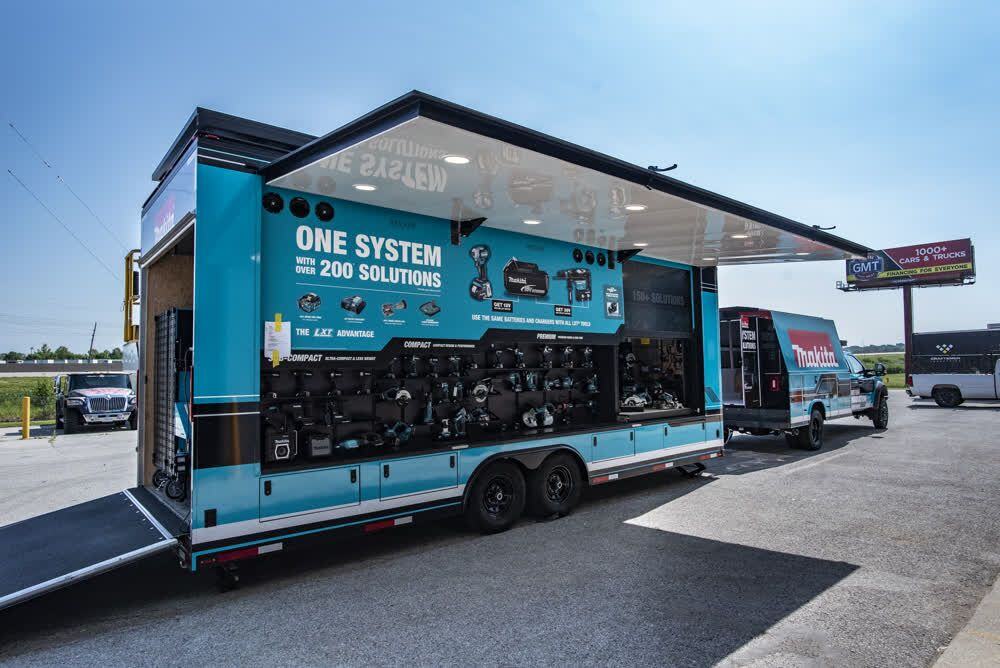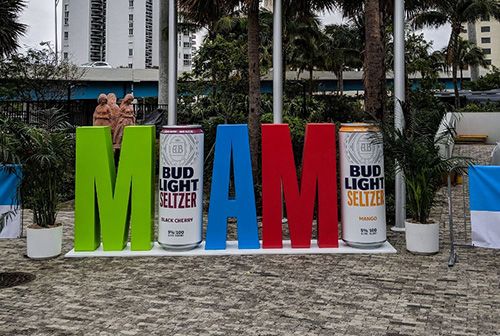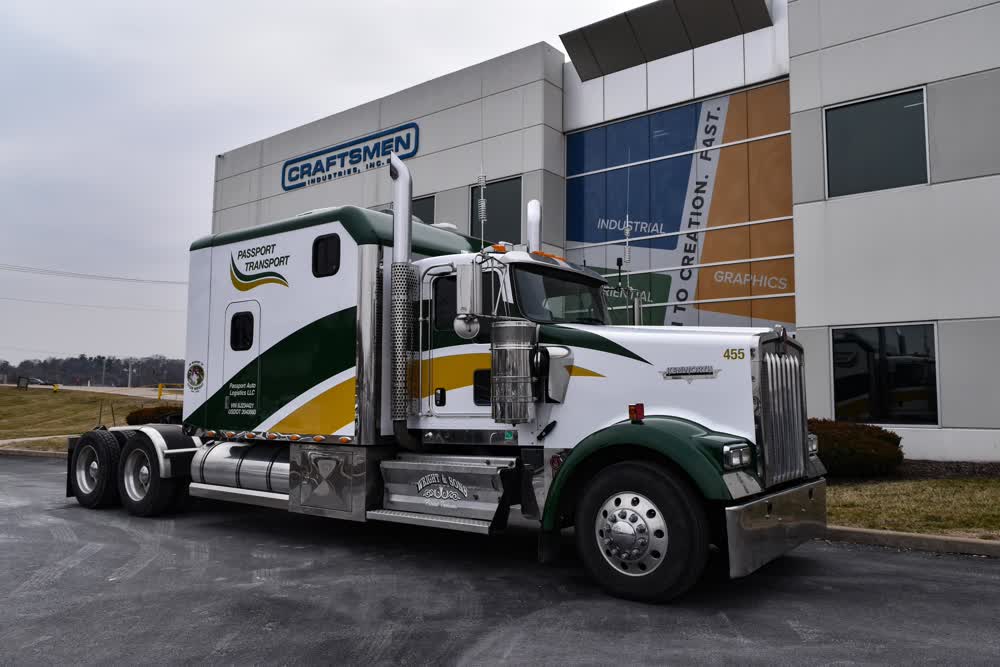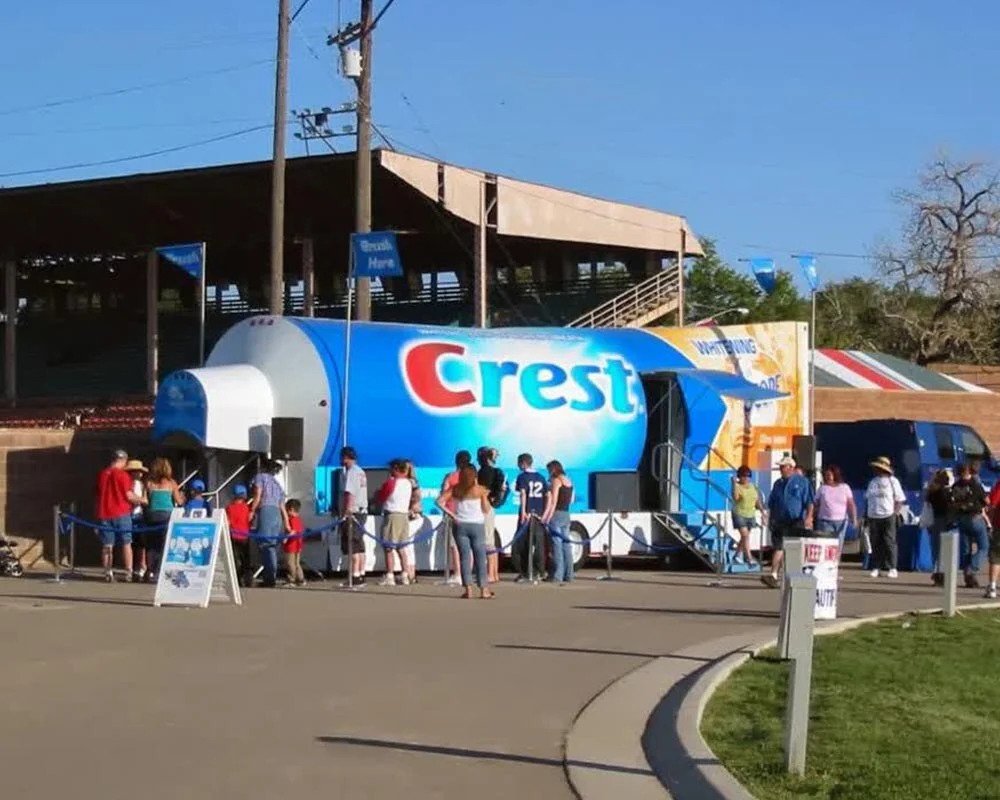3D Signage: Which Type Fits Your Business?
The signs that stand out the most in our minds are the ones that literally stand out. Dimensional signs grab viewers' attention and can help your...
5 min read
Craftsmen Industries Jul 19, 2025 8:53:38 AM

Customers today are bombarded with ads and digital noise. Standard showrooms are static. They rely on people visiting them, often in crowded, impersonal environments.
That makes it hard to deliver a hands-on, memorable experience. If your product or service needs a real demonstration or face-to-face connection, a traditional showroom can feel flat and disconnected.
That's where immersive mobile showrooms come in. These mobile environments enable you to bring your brand directly to the people, on the road, at events, or right to the customer's doorstep. They don't just advertise. They create an experience.
This article explores how to design one effectively, with strategy, creativity, and results in mind.
A mobile showroom is a customized vehicle (trailer, van, or bus) built to showcase a brand's products or services in a highly engaging, on-the-go format. Unlike static showrooms, these are designed to be immersive, interactive, and completely branded from the inside out.
Common Uses:
Before designing one, let's understand why they're gaining popularity:
Designing a mobile showroom isn't just about wrapping a vehicle; it's about building a complete experience that connects your brand with your audience. Here's how to do it effectively, step by step:
Start by clearly defining what you want to achieve and who you're trying to reach. Are you aiming to educate consumers, generate sales leads, or introduce a product to investors or healthcare professionals?
Understanding your goal will shape every design and route decision ahead. Also, consider where the showroom will be located, whether it will be traveling to urban hubs, rural communities, trade shows, or outdoor events. Your audience and objective must guide every creative and logistical step.
Once your goals are set, select the most suitable type of vehicle for your campaign. A Sprinter van is compact and ideal for smaller product demos or urban activations. Box trucks offer more space and flexibility, allowing a combination of interior interaction and eye-catching exterior branding. If you're planning a long-term campaign or need to showcase large equipment, an expandable trailer or full-size bus provides the most immersive and customizable space.
According to Statista, mobile experiential campaigns deliver up to 6 times more engagement than static marketing, making the right platform choice even more essential.
The interior of your mobile showroom should be intuitive and easy to navigate. Visitors should naturally move from the entrance to the exit without confusion. Place your displays or demo areas along this path in a way that encourages interaction and engagement. Include resting spots or one-on-one areas for deeper conversations.
Ensure that the design adheres to ADA compliance standards to make it accessible to everyone. Useful interior features may include modular shelving, touchscreens, LED lighting, HVAC systems, and charging ports, all of which add comfort and engagement for visitors.
Your mobile showroom is also a moving advertisement, so visual impact is crucial. On the exterior, use a vibrant vinyl wrap with your brand logo, tagline, website, and a QR code for quick access to more information. Maintain visual and message consistency on the interior. Create branded zones that tell your story and highlight your product benefits.
You can also include small branded gifts or takeaway materials that help visitors remember your business after they leave. Cohesive branding builds trust and leaves a lasting impression.
Incorporate modern technology to make your showroom stand out and feel interactive. Tools like Augmented Reality (AR) let people try your products virtually, while Virtual Reality (VR) can immerse them in a branded story or experience.
Touchscreens facilitate self-guided exploration, and QR codes can direct traffic to landing pages, collect leads, or share product specifications. Bright lighting and built-in audio also enhance the ambiance, making the visit more memorable. These tech features can be powerful in increasing dwell time and conversions.
The people inside your mobile showroom matter just as much as the design. Staff should be friendly, professional, and well-trained on your products and campaign goals. They must be able to give live demonstrations, answer questions clearly, and handle any technical issues that arise.
More importantly, they should know how to capture leads, encourage social shares, and leave visitors with a positive impression of your brand.
Logistics are crucial to the success of a mobile showroom. Start by identifying the best cities, neighborhoods, or events to visit. Secure local permits in advance and always plan for parking availability and compliance with zoning regulations.
Don't forget to schedule time for setup and breakdown. To increase exposure, consider partnering with local events, trade shows, or fairs. This not only guarantees foot traffic but also reduces the cost and effort of finding your audience.
Tracking performance helps you determine if your campaign was successful and how to improve it. Utilize tools such as QR codes, Google Analytics, or your CRM to track visits, lead conversions, social media mentions, and product interest. You can also use short surveys or email sign-ups to gather direct feedback from visitors.
Data such as time spent inside the showroom, most-visited displays, or most-scanned products can help refine your strategy for future road shows.
|
Feature |
Traditional Showroom |
Mobile Showroom |
|
Cost |
High (rent, utilities) |
Medium (1-time cost) |
|
Flexibility |
Static |
Fully mobile |
|
Reach |
Local only |
Regional/National |
|
Customer Interaction |
Passive |
High engagement |
|
Event Participation |
Difficult |
Easy & quick setup |
At Craftsmen Industries, we bring 40+ years of experience building fully customized mobile environments for:
We handle everything:
Whether you need a one-week activation or a nationwide roadshow, we've got the expertise to bring your mobile vision to life.
The build time depends on your design and the size of the unit. A simple mobile showroom typically takes 6 to 10 weeks to complete. Larger, more complex trailers with advanced tech may take 3 to 4 months.
Costs vary widely. Basic mobile units typically start at around $50,000, while fully customized showrooms with high-end interiors and advanced technology can exceed $250,000. Your goals and features will drive the final price.
Yes, if you're using a large trailer or heavy-duty truck, a commercial driver's license (CDL) is usually required. However, smaller vehicles, such as Sprinter vans or compact trucks, often only need a standard driver's license.
Absolutely. Companies like Craftsmen Industries offer rental and lease options for short-term use. This is ideal if you need a showroom for a limited-time tour, campaign, or product launch.
How many people can visit a mobile showroom at one time?
It depends on the vehicle's size and the interior design. Smaller setups can comfortably accommodate 3 to 5 people, while larger, expandable trailers can host 10 to 25 people at once during busy events.
A mobile showroom is not just a display; it's a complete brand experience. It travels with your message, creates face-to-face interactions, and tells your story in a way people remember. Whether you're launching a new product, attending trade shows, or expanding outreach, this strategy puts your brand directly in motion.
At Craftsmen Industries, we don't just build mobile showrooms, we design unforgettable customer journeys. From concept and design to fabrication and logistics, our team handles everything so your brand rolls out with confidence and creativity.
Ready to move your message? Contact us today and let's build something that moves people, literally.

The signs that stand out the most in our minds are the ones that literally stand out. Dimensional signs grab viewers' attention and can help your...

Building a strong brand identity has never been more important in today's fast-paced business community and competitive landscape. Both small and...

In today's fast-moving world, brands need more than ads to connect with audiences, they need experiences. Event marketing vehicles deliver that...